From Classic to Contemporary: The Evolution of Iconic Car Brands Through the Decades
The automotive industry is a remarkable narrative of innovation, resilience, and transformation. From the roaring engines of the early 20th century to the sleek electric vehicles of today, iconic car brands have evolved in response to changing technology, consumer preferences, and environmental challenges. This article takes you on a journey through the decades, examining how classic brands have adapted to remain relevant in a fast-paced world.
1920s-1940s: The Birth of the Automobile Culture
The early decades of the automotive industry laid the groundwork for many iconic brands we know today. Companies like Ford and Chevrolet became household names, driven by a relentless pursuit of efficiency and affordability. The Model T, introduced in 1908, revolutionized transportation by making car ownership accessible to the masses. This era also saw the emergence of luxury automakers like Cadillac and Rolls-Royce, focusing on style, craftsmanship, and performance.
The automotive landscape was fundamentally changed by the advent of assembly line production, pioneered by Henry Ford. This innovation not only reduced costs but also democratized car ownership, making vehicles available to the working class. Prior to this, automobiles were seen as a luxury reserved for the elite. Ford’s vision and mass production techniques set a precedent that would resonate throughout the industry for decades.
As technology progressed, so did consumer expectations. The introduction of safety features like seat belts and crumple zones—pioneered by brands such as Volvo—laid the groundwork for modern automotive engineering. These advancements reflect an early recognition of the responsibility car manufacturers had to ensure both convenience and safety for their customers.
1950s-1960s: The Golden Age of Design and Performance
The post-WWII boom sparked a golden age for automotive design and performance. Iconic models like the Chevrolet Corvette and Ford Mustang became symbols of freedom and adventure, capturing the spirit of the American dream. This era was marked by bold designs, powerful engines, and a culture that celebrated individuality. The muscle car became a notable trend, embodying the youthful desire for speed and style.
European brands like Porsche and Jaguar made their mark during this time by emphasizing performance and engineering excellence. The Porsche 911, released in 1964, established a legendary brand that still competes at the highest levels of motorsport and consumer satisfaction.
The 1960s also saw the rise of Japanese manufacturers like Toyota and Honda, who began to carve a niche in the market with affordable, reliable vehicles. These brands fundamentally changed consumer perceptions of quality and value, setting the stage for their tremendous influence in the coming decades.
1970s-1980s: The Energy Crisis and Rising Regulations
The oil crisis of the 1970s forced car manufacturers to rethink their strategies. Fuel efficiency became paramount, and brands responded by developing smaller, more economical models. Japanese automakers, known for their compact designs and reliability, gained market share at the expense of traditional American giants. The Toyota Corolla and Honda Civic became synonymous with efficiency and dependability, changing the automotive landscape.
Simultaneously, European brands like BMW and Mercedes-Benz began to emphasize a blend of luxury and performance. The introduction of the BMW 3 Series in the late ’70s set a new standard in the compact car segment, fostering a reputation for superior handling and driving dynamics.
This decade also marked the beginning of stricter regulations focused on safety and emissions, compelling manufacturers to innovate toward cleaner technologies. The introduction of catalytic converters and other emission-control devices began to change the automotive engineering landscape, demonstrating a growing environmental consciousness within the industry.
1990s-2000s: The Digital Revolution and Globalization
The advent of the internet and digital technology transformed the automotive industry in the 1990s. Brands began leveraging computer-aided design and robotics in manufacturing processes, resulting in improved quality and efficiency. These advancements not only streamlined production but also facilitated the design of more complex and effective safety features.
The introduction of vehicles like the Toyota Prius marked the beginning of the hybrid revolution, as environmental consciousness took root among consumers. The Prius was a trailblazer in fuel efficiency, helping to reshape perceptions around eco-friendly vehicles and pushing competitors to develop their own hybrid technologies.
Globalization changed the landscape further, with companies like Hyundai and Kia emerging as major players. Their commitment to quality and affordability disrupted the status quo, forcing established brands to reassess their strategies. During this time, the automotive market became increasingly competitive, as consumers began to expect more from their vehicles, particularly in terms of technology and fuel efficiency.
2010s-Present: Sustainability and Connectivity
As we moved into the 21st century, the automotive industry faced unprecedented changes driven by technological advancements and an urgent call for sustainability. Electric vehicles like Tesla have reshaped the definition of performance and luxury. Tesla’s design philosophy, which combines modern aesthetics with cutting-edge technology, has redefined consumer expectations and driven other manufacturers to follow suit.
Brands are now prioritizing electric powertrains, autonomous driving technologies, and smart connectivity features, responding to both consumer demand and regulatory pressures. The race toward full autonomy has seen companies like Waymo, Rivian, and traditional automakers invest heavily in research and development.
The rise of ride-sharing and alternative mobility solutions has pushed traditional car manufacturers to rethink their business models. Iconic brands are reimagining their identities, repositioning themselves as technology firms focused on mobility solutions rather than mere vehicle manufacturers.
The shift to electric and hybrid technologies has had profound implications not just for car manufacturing, but also for supply chains, labor practices, and environmental impact. Iconic brands are increasingly investing in sustainable practices, from sourcing materials responsibly to implementing recycling programs for old vehicles.
Conclusion: Adapting to the Future
From the classic designs of the early 20th century to the contemporary electric and autonomous vehicles of today, iconic car brands have continually evolved to meet the needs of consumers and the challenges of the world. Their ability to adapt to changing technological landscapes while also responding to cultural shifts is a testament to their resilience and relevance.
The journey from classic to contemporary is more than just about cars; it reflects broader cultural and technological shifts. As we look ahead, it’s clear that adaptability and innovation will remain crucial for these brands to navigate the complexities of the new automotive landscape.
The automotive industry is not merely a reflection of technological progress, but a microcosm of society’s evolving values and priorities. In this evolving narrative, these iconic brands are set to play a pivotal role in shaping the future of mobility for generations to come.
The path from classic to contemporary serves as a reminder that progress is continuous, and the challenges of today’s automotive environment will ultimately lead to the breakthroughs of tomorrow. Engaging in an ongoing dialogue about innovation, sustainability, and consumer needs will ensure that the story of the automobile does not end here, but continues to unfold with each passing decade.
Modern automotive brands and their storied legacies showcase an enduring commitment to progress, embodying the spirit of change that has driven the industry forward since its inception. As we rev our engines for the future, these brands are poised to take us beyond mere transportation into a new era of mobility where efficiency, innovation, and sustainability reign supreme.















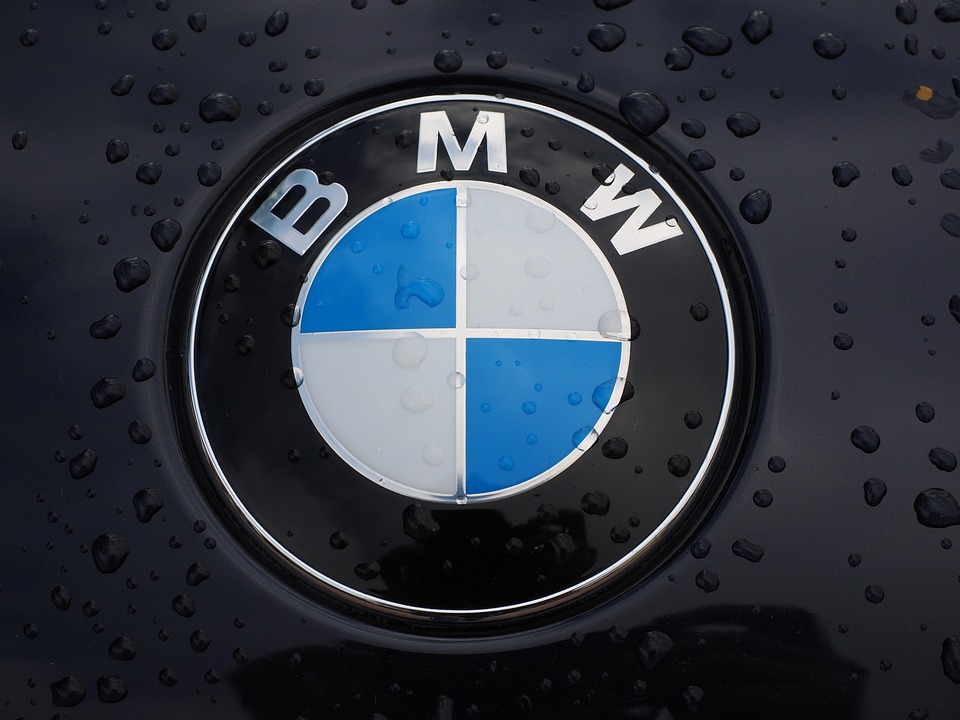
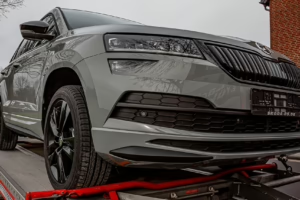
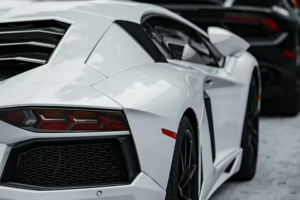

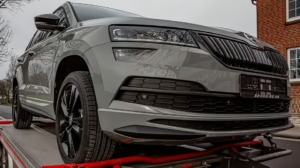
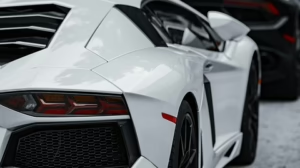





Add Comment